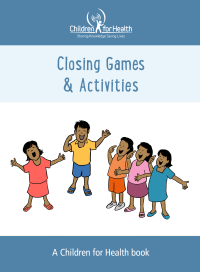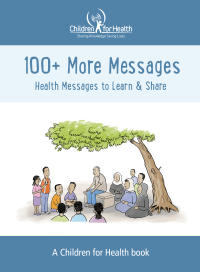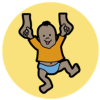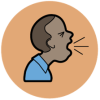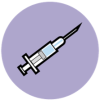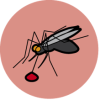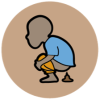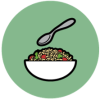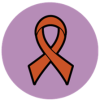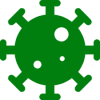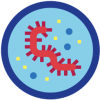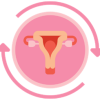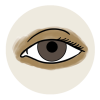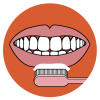Menstrual Health
These messages are designed as a basic minimum level of knowledge for girls and boys aged 10-14. The messages are designed to link to other messages on Sexual and Reproductive Health.
There can be ignorance, shame and stigma around mentration and it is important that girls know what to expect and that boys know that it is wrong to shame, embarrass or otherwise mistreat or exclude girls who are menstrating.
Read our Top 11 Messages on Mentrual Health for adolescents to learn and share to the right. Scroll down to see ideas on what they can do to understand, find out more, take action and reflect on this topic.
Use the links below to browse our FREE resources to help children learn more, share their knowledge and become agents of change.
11 Messages on
Menstrual Health
- Menstruation is a normal and healthy process that affects all women. It is bleeding through the vagina each month for 3-6 days in a cycle. Cycles do not happen the same every month – especially at first.
- Menstruation is one of the signs of puberty in the female body alongside visible signs such as the growth of breasts, hair under the arms and between the legs (pubic hair) and changes in body size and shape.
- Menstrual bleeding over 3-6 days is sometimes called a ‘period’. Periods start when girls are between eight and 16 years old. It’s normal for periods to start at different ages.
- Periods start when the brain sends chemical messengers called ‘hormones’ to parts of the body which are used to create babies.
- A period happens when the female eggs have not ‘met’ a male sperm during sex. It is like a nest inside the womb and when this is not needed it comes out as blood.
- Periods stop when a pregnancy starts. It is one of the first signs that an egg has been fertilised by a sperm inside the womb.
- Bleeding is heavier at the start of a period and some people feel pain in their stomach, have headaches and they can feel sad and angry.
- Pads made of cloth or toilet paper, ‘sanitary towels’, tampons and menstrual cups are all used to catch the bleeding.
- No-one should be shy to buy or ask about pads or sanitary options at schools, shops or clinics. Bleedings happens to all women and it’s normal.
- It’s important to wash and keep you body clean and fresh and change the pads or tampons or empty the cup as least twice a day or more at the start of the period.
- For some, period pain is very bad. Friends and family can help and encourage girls when they miss school or other activities and make sure they drink enough fluids and eat a good diet. If it continues to be very painful, they should see a doctor.
Children can learn, collect & share these messages!
While teaching these messages, encourage children to…
MAKE their own Mentrual Health Messages using their own words in their own language!
LEARN these messages so they never forget them!
ADD these messages to their collection!
SHARE these messages with other children and their families!
If your class or group is struggling to stay connected and engaged, we have loads of ideas for ideas to help them! Have a look at Closing Games & Activities.
Use the questions/discussion topics to the right to help children to memorise the messages and really understand them.
What can children make, do and ask?
MAKE a chart tracking how they (boys and girls) feel every day (mentally and physically) for a month. A few keywords is all that’s needed. They’ll be able to see that it is normal to have mood and pain variations. This will help girls track their period properly when it starts.
FIND out what period products (pads, tampons, rags, cups) are available in the home and the school and how to access them if needed.
ASK a health worker or a science teacher to tell you more about how human reproduction works and the changes that happen during puberty.
GIRLS can ask their mother, sister, aunt, grandmother or other trusted woman about their experiences with periods.

Download these free materials now to help children learn and share these
essential health messages. See our free resource section for more!



